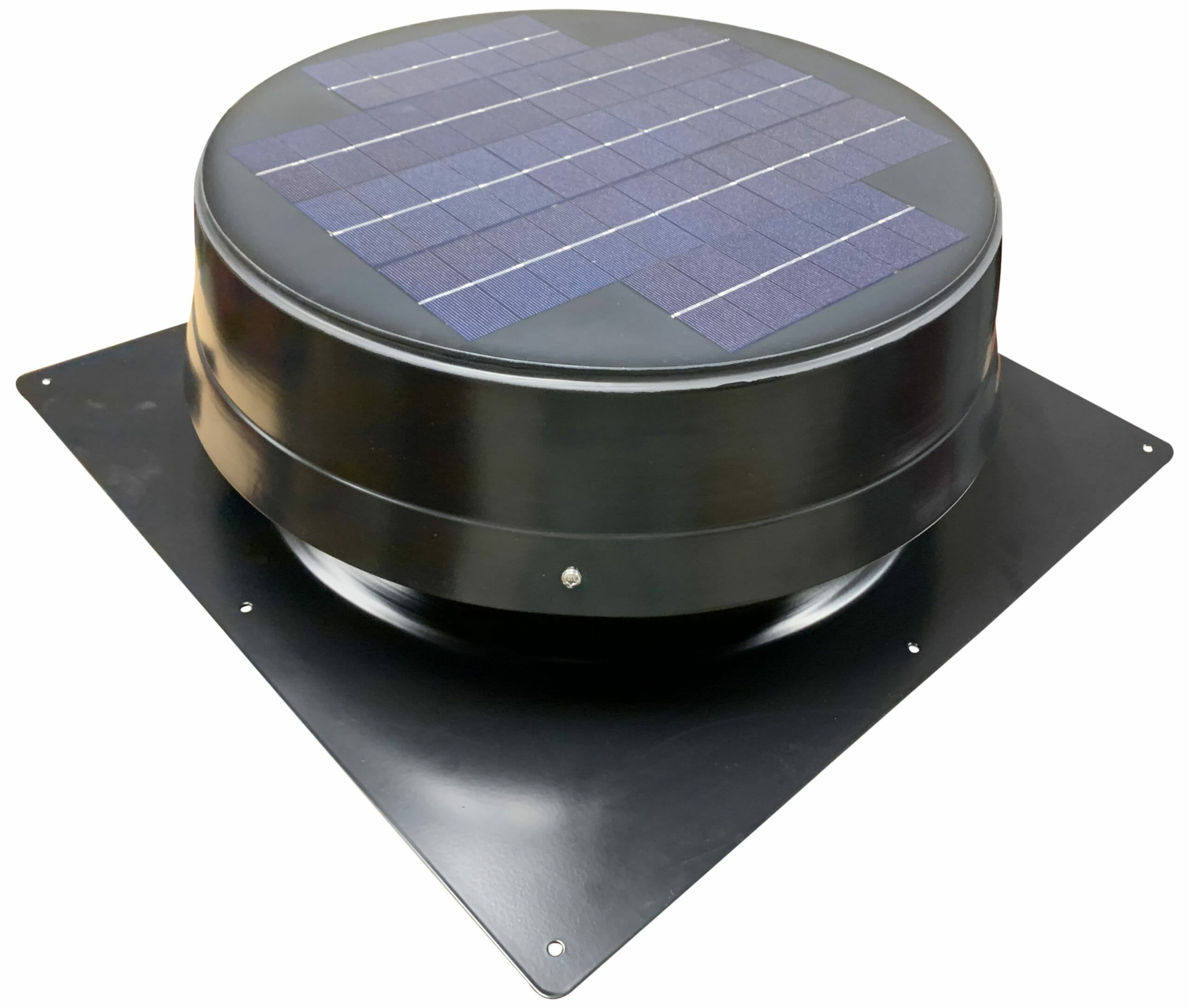This will mean around 0 02 to run per hour depending on electricity costs.
Attic fan energy usage.
You ll need 2 to 4 times the normal area of attic vents or about one square foot of net free area for every 750 cubic feet per minute of fan capacity.
On one hand the national renewable energy laboratory said attic ventilation reduces attic temperature 10 to 25 degrees and slows the transfer of heat into the living space on the other the florida solar energy center university of central florida found that attics with nominal natural ventilation and r 19 ceiling insulation do not need powered vent fans.
A whole house uses 80 to 300 watts of energy that s around 15 less energy compared to an air conditioner which uses up to 3000watts of energy.
The benefit from lowering temperatures in the attic and thus reducing heat gain from the attic into the house is usually off set by the electricity use by the fan and the increase in air leakage.
Attic ventilation will usually need to be increased to exhaust the fan s air outdoors.
Ceiling fans tend to use a similar level of electricity as a tower fan.
The cooler roof radiates and conducts less to the attic.
The attic cools and the attic fan goes off.
The a c usage goes down.
Many users however claim an attic fan is a money saver but they do not offer documented proof of the savings.
If a 100 attic fan which consumes little electricity compared with an ac unit and contains far less embodied energy can be part of a plan to reduce heat gain there may be a significant energy and environmental benefit compared to the ac option.
100w would be a reasonable estimation but obviously this varies depending on the model you own.
This type of system blows hot air out of the attic but it can have a negative effect.
And this is a.
However if your attic has blocked soffit vents and is not well sealed from the rest of the house attic fans will suck cool conditioned air up out of the house and into the attic.
How much electricity does a ceiling fan use.
Similarly painting the roof white causes the roof to cool.
This works out at 7 8 per month if used for 12 hours a day.
Whole house fans energy requirements are just 10 15 percent of what you could expect from the a c unit.
Attic ventilation fans are typically mounted to an exterior wall in the attic.
The whole house fan has a significant role in preventing the heat piled up in the attic from spreading to the living room or the entire house at large.
Attic fans are intended to cool hot attics by drawing in cooler outside air from attic vents soffit and gable and pushing hot air to the outside.

